Astronaut Suni Williams may have aged a decade after 288 days in space, experiencing DNA damage and bone loss due to microgravity effects.
Suni Williams, a NASA astronaut, recently returned to Earth after spending 288 days in space.
Her lengthy stay aboard the International Space Station (ISS) has shown surprising effects on her body and appearance.
Many observers noted that she seemed to have aged significantly during her time in microgravity.
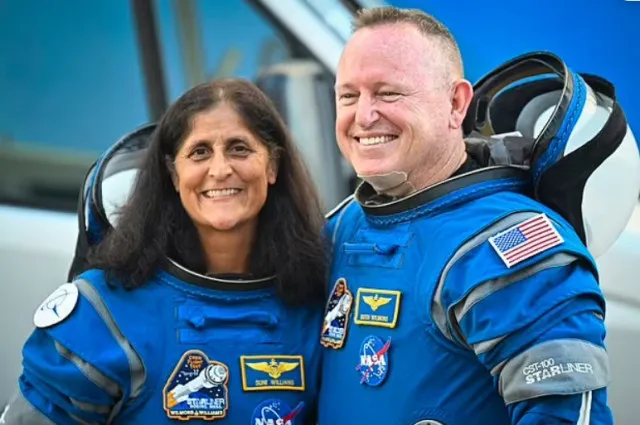
The impact of microgravity on appearance
Being in space for such a long time can change how astronauts look.
When Suni left Earth, she had beautiful, flowing chestnut hair. However, upon her return, her hair was completely white.
Stress and lack of gravity can lead to such changes. Studies have shown that stress can turn hair white by affecting the cells that produce color.

In addition to her hair, Suni’s skin also changed. The skin can become thinner in space, making it more vulnerable to cuts and rashes.
Astronauts often deal with skin issues due to the unique environment aboard the ISS.
Muscle and bone loss in space
One of the most significant impacts of long-duration space missions is muscle and bone loss.
Astronauts do not use their legs and back muscles the same way they do on Earth, which leads to rapid muscle loss.
Bones become fragile as well, with astronauts losing about 1% of their bone mass each month. This loss is similar to aging on Earth.
Despite exercising for about 2.5 hours each day, astronauts still face challenges in maintaining strength.
Suni looked noticeably frail when she landed, highlighting the physical toll of her mission.
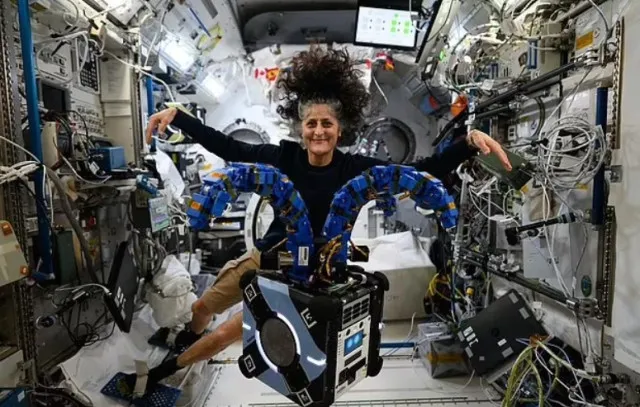
Heart and circulation changes
Another issue astronauts face is heart health. In space, the heart does not have to work as hard because there is no gravity.
This can weaken the heart muscles over time. Changes in blood flow can also lead to issues like dizziness and a feeling of imbalance upon returning to Earth.
Some astronauts experience conditions like Spaceflight Venous Thrombosis, where blood clots can form due to changes in blood volume and flow.
These health risks make recovery essential after long missions.
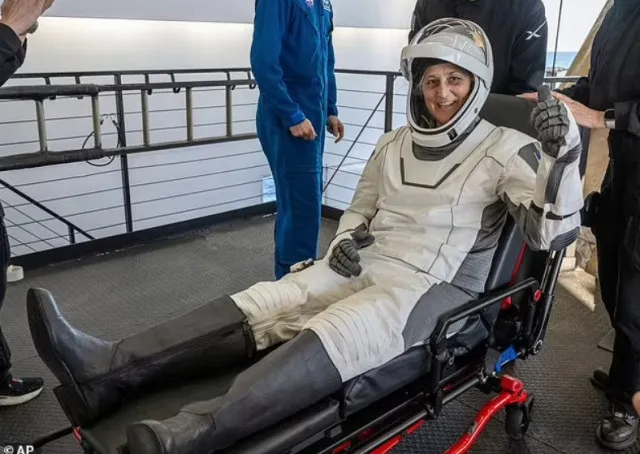
Nutrition challenges in space
Astronauts also deal with dietary issues while in space. Many astronauts lose their appetite due to nausea caused by living in a weightless environment.
This can lead to weight loss, which may sound good but can be concerning for those who are already fit.
Suni appeared gaunt upon her return, worrying many about her health.
Most astronauts lose about 5% of their body fat during missions, and their diet often consists of rehydratable foods like soups and casseroles.
This limited diet may not provide all the necessary nutrients for maintaining health over long periods.
Sleep disruptions and fatigue
Life on the ISS can also disrupt sleep patterns. Astronauts sleep in small sleeping quarters, often tethered to the wall in a sleeping bag.
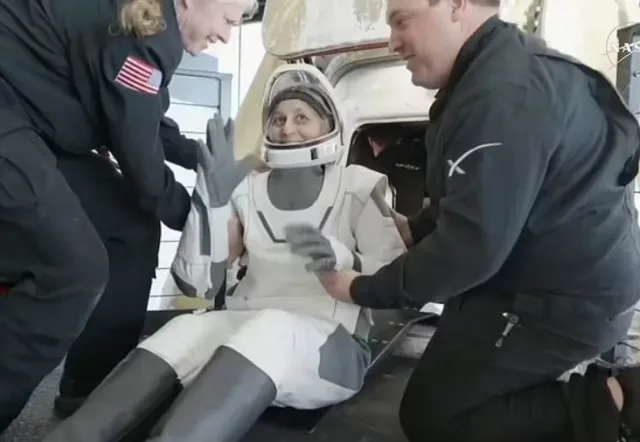
They wear earplugs to block out noise and face masks to shield their eyes from bright lights. With 16 sunrises each day, sleep deprivation is a common issue.
This lack of quality sleep can have serious effects on an astronaut’s health. It can lead to fatigue and impact memory, immunity, and overall well-being.
After nine months in space, Suni faced the consequences of this cumulative fatigue.
Risks of radiation exposure
Perhaps one of the most dangerous effects of long space missions is radiation exposure.
In space, astronauts are subjected to higher levels of radiation than on Earth.
This exposure can increase the risk of developing conditions such as cancer and other serious health issues.
Studies have shown that the DNA repair systems of astronauts work overtime due to this radiation exposure.
The level of change in their bodies can be compared to the effects of smoking a pack of cigarettes daily, according to scientists.
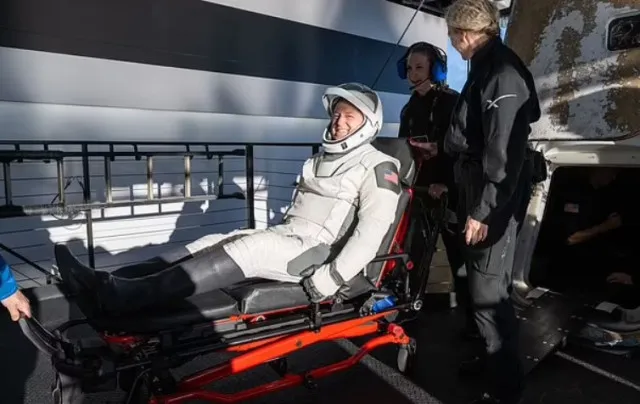
Recovery and rehabilitation after days in space
After returning from her mission, Suni Williams will undergo a rehabilitation program lasting 45 days.
This program will require her to exercise for two hours each day to help her regain strength and adapt to Earth’s gravity. Even simple tasks like walking will take practice.
While some changes from her time in space may be permanent, most will improve over time.
After six months, many astronauts can return to their normal lives.
As Suni adjusts back to life on Earth, she will likely look forward to her first hair appointment after so long.